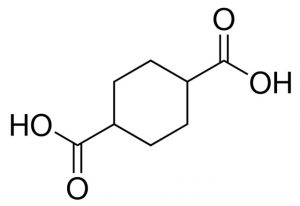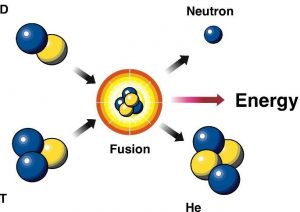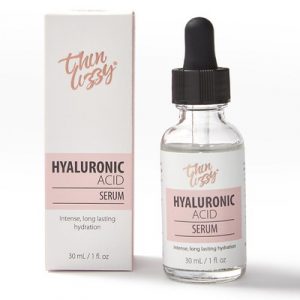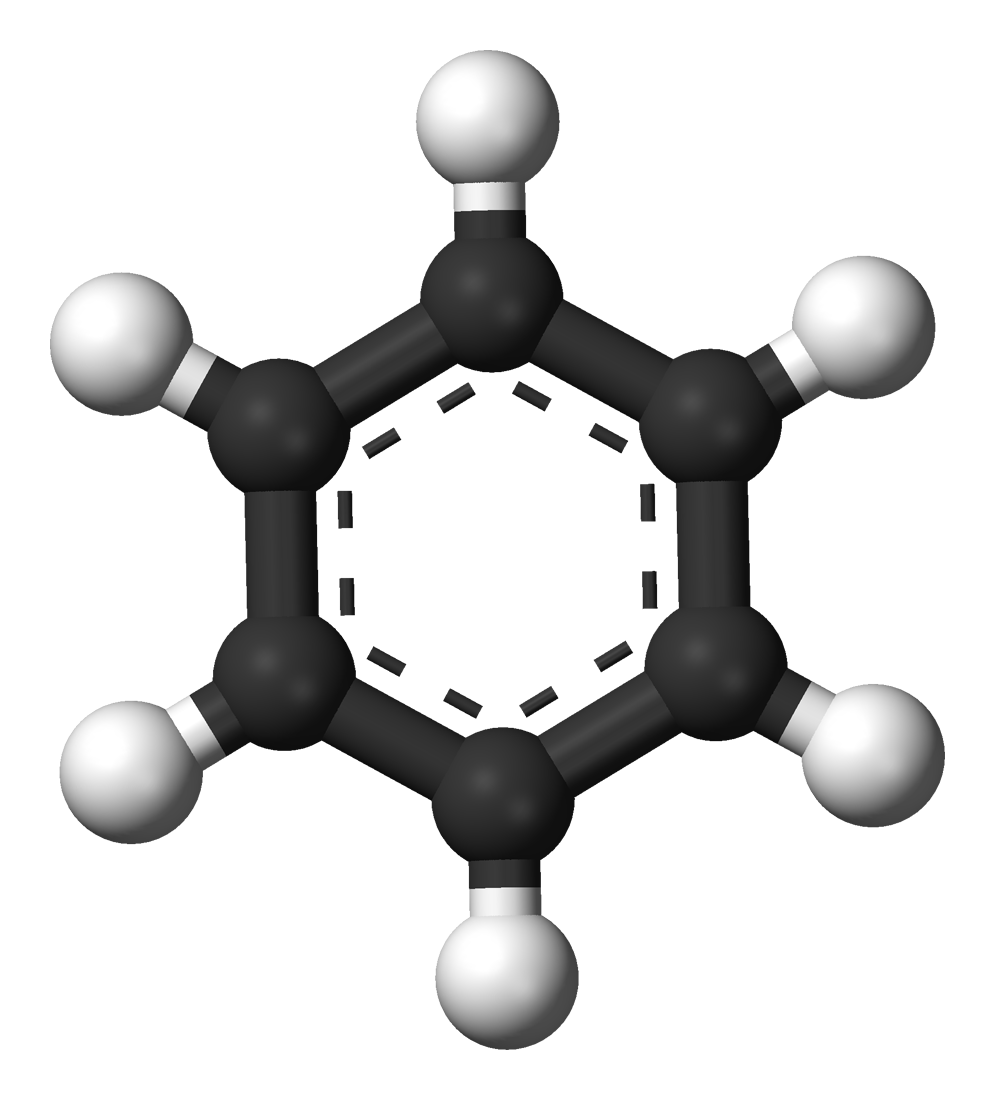Current mRNA researchers have their sights set on treating cancer, diabetes, cystic fibrosis, HIV, and many other diseases. Will mRNA therapeutics amount to more than their viral protection against Covid-19?

Digital representation of mRNA structure. Source
The covid-19 pandemic led to the first mass production of mRNA vaccines. Under the urgency of the global pandemic scientists worked collaboratively and tirelessly to quickly produce this vaccine.
The global success of the vaccine has brought great attention to developing mRNA therapeutics. These therapeutics are being studied to treat cancer, sickle cell anemia, cystic fibrosis, heart failure, and even food allergies.
So, when will this all be available?
Unfortunately, there are still some kinks to work out.
Currently small molecules make up 90% of pharmaceutical drugs. These organic compounds have dominated the medical world as they can enter cells and, in many variations, act precisely on cellular targets responsible for disease.
People with cystic fibrosis (CF) currently rely on small molecule drugs. The drug Trikafta was approved for use by health Canada in 2022 and has significantly improved lives of CF patients who
CF is caused by the loss of function in the CFTR protein. Trikafta works to help return the CFTR to normal function.
mRNA therapy for CF would work differently. mRNA could give the patient the genetic information to produce the fully functional protein in their cells.

Scientists! source
Despite carrying DNA which codes for the dysfunctional CFTR protein a cell could produce the functional protein and reverse the disease.
As great as that sounds, it will be sometime for mRNA therapeutics to overtake the use of organic drugs for cystic fibrosis. As of now most clinical trials are still struggling to see mRNA meet full potential.
For now, small molecule drugs hold their place as the number one drug type.
Researchers are working tirelessly to prove promise of revolutionary therapeutics for the significant human diseases is not just a pipe dream.
It is safe to say these new therapeutics mRNA are worth keeping an eye on.















